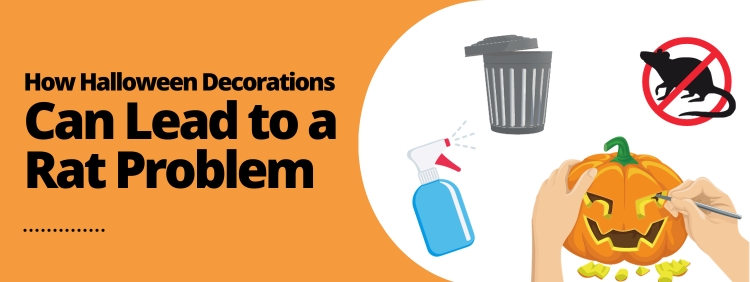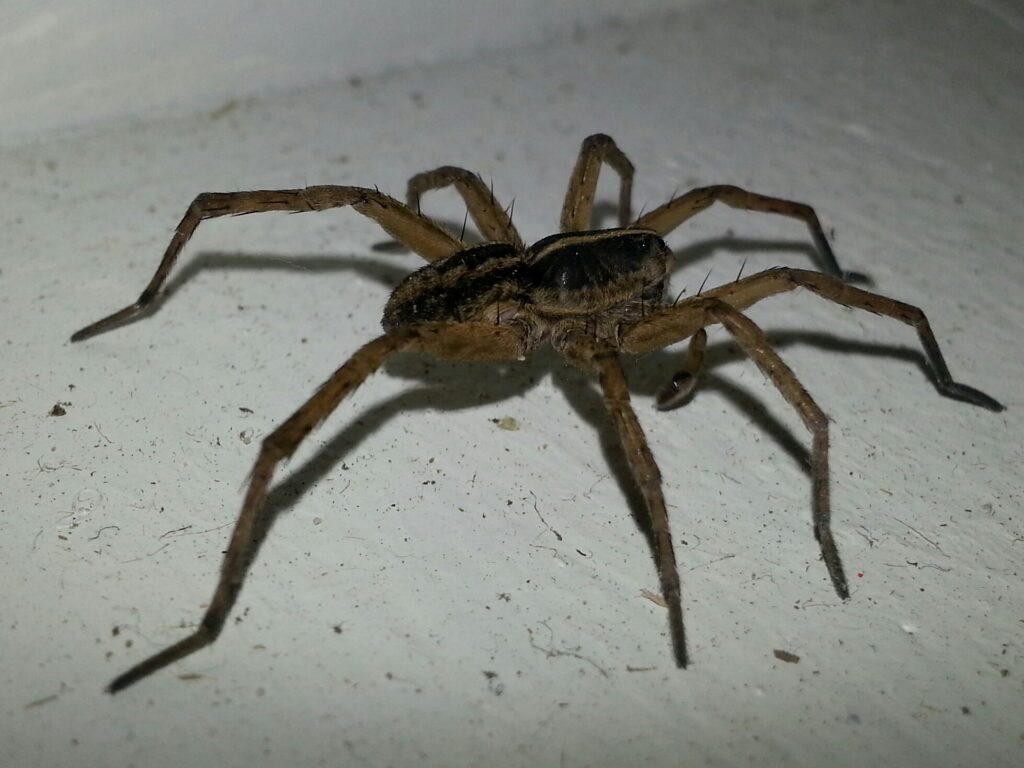 Halloween is a time for spooky fun for the whole family. However, many people find that, after the holiday, they are facing the genuinely frightening situation of a rodent infestation. Resolving this problem requires rat removal in Toronto, but what is the cause of it?
It may be that your Halloween decorations have attracted rodents to your property. Fortunately, there are ways that you can decrease your risk of an infestation while still making your house festive.
Halloween is a time for spooky fun for the whole family. However, many people find that, after the holiday, they are facing the genuinely frightening situation of a rodent infestation. Resolving this problem requires rat removal in Toronto, but what is the cause of it?
It may be that your Halloween decorations have attracted rodents to your property. Fortunately, there are ways that you can decrease your risk of an infestation while still making your house festive.
How Halloween Decorations Can Lead to a Rat Problem
Autumn decorations often include natural elements, such as corn cobs, hay bales, and gourds such as pumpkins. Not all of these items are edible to humans, but they are generally edible to rodents. Rats and mice are opportunistic feeders, meaning that if they find something that seems to be edible, they will take a nibble to see if it is food. If rodents find that your autumn decorations are edible, they will likely keep eating. Having found a plentiful food source, they typically make a nest nearby so they can feed themselves through the winter. This often means making a nest inside your house, which obviously requires rat removal services. While any number of autumn decorations can attract rodents, the culprit is often carved pumpkins, a longstanding Halloween tradition. Rodents use their sharp sense of smell to find food, and when you cut into a pumpkin to carve it, rats can smell it more easily. Even if the pumpkin isn't carved, it will start to decay once it is severed from the vine, and this smell also attracts rats.What You Can Do To Prevent an Autumn Rodent Infestation
It is best to be proactive in preventing an infestation. That way, you don't have to worry about how to get rid of rodents yourself, which can be nearly impossible without professional rat removal in Toronto. One of the most effective deterrents is to use artificial pumpkins, gourds, or corn cobs in place of the real thing. You can buy realistic artificial pumpkins that you can carve and decorate yourself that don't attract rats. If you prefer to use natural decorations, there are still things you can do to avoid attracting rats and other pests:- Delay purchasing and carving your pumpkin. Ideally, you shouldn't buy your pumpkins until the week of Halloween. Consider delaying carving the pumpkin until the night before Halloween; this can start a new family tradition.
- When you carve the pumpkin, remove as much of the "guts" as you can. Dispose of these immediately.
- Consider using an artificial light inside the pumpkin rather than a candle. The heat from the open flame causes the pumpkin to spoil more quickly. Artificial pumpkin lights are also less of a fire hazard.
- Spray the carved pumpkin with a solution of one teaspoon of bleach mixed with one gallon of water. This homemade spray acts as a pest deterrent.
- Dispose of the carved pumpkin as soon as possible after the holiday. If your neighbourhood has compost pick-up, place it in the appropriate bin instead of in the garbage.

